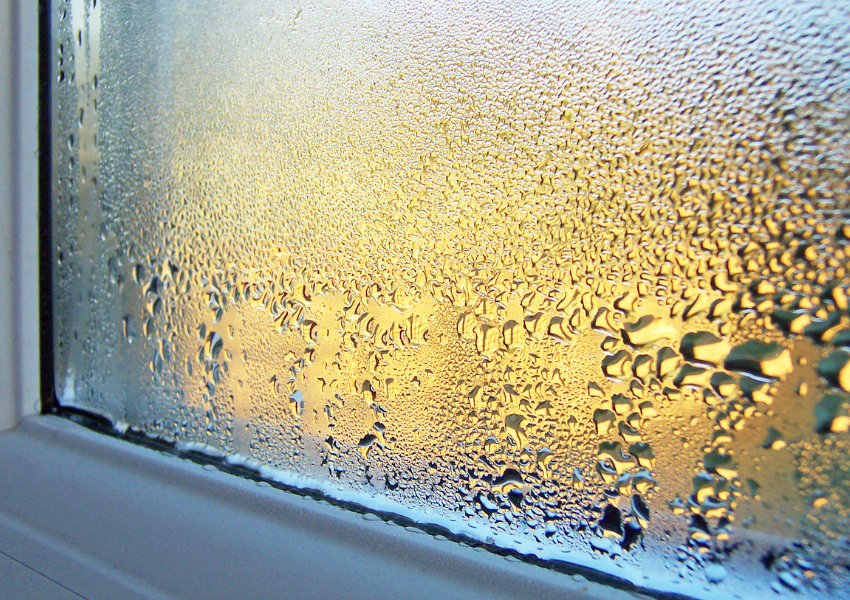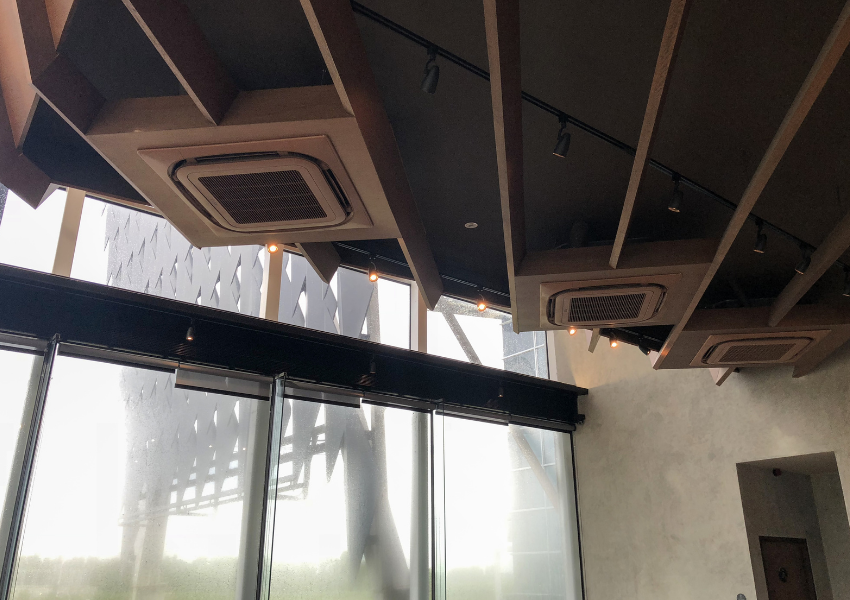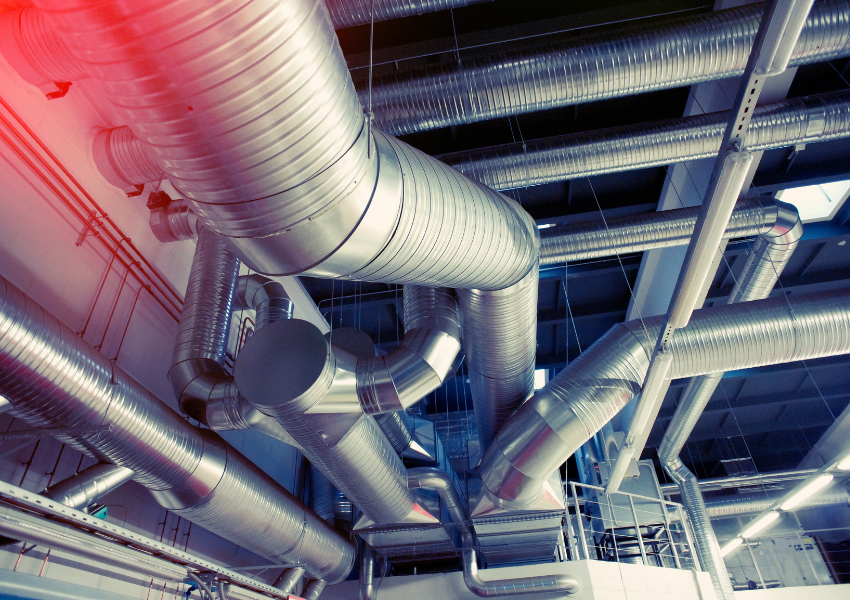Having safe indoor air quality (IAQ) is very important, especially now when companies are planning to have many of in their employees return to the office as risks from the pandemic continue to wind down. But the spread of airborne illnesses is not the only concern when it comes to IAQ. Other air pollutants can be detrimental not only to human health, but also to the planet.
According to a new study, more than 10 million people die each year because of air pollution. The majority of these deaths are in urban area, where population density results in crowded living and work spaces. However, rapid increases in outdoor air pollution, severe enough to now be a global concern, can directly affect and exacerbate indoor air pollutant levels. Thankfully, there are different ways we can measure and improve the indoor air quality.
Here are 14 reasons why healthy buildings measure indoor air quality.
1. To Remove Possible Condensation

Temperature, air, and water vapor all contribute to condensation. This can occur in two different ways: either the air gets chilled to its dew point, or the air becomes saturated with enough water vapor that it cannot hold it anymore.
Normally, this happens in different households and buildings when the temperature suddenly drops into a cold state, especially at night. The air reaches to a point that it could no longer hold the moisture contained within our households, and it goes to the coldest surfaces of our homes like the windows, walls, etc.
The condensation allows for mold to more rapidly grow – in less than 48 hours in the right conditions – reaching levels that effect your health.
2. To Control Impurities
Air impurities are also called air pollutants. These can be in the form of carbon dioxide, lead, nitrogen oxides, sulfur dioxide, etc. As we have pointed out earlier, these air pollutants are toxic chemicals that are harmful to your health.
By measuring indoor air quality, you can help control these impurities. Thus, giving you clean and healthy air.
3. To Maintain Optimal Temperature and Humidity
The temperature and humidity can also affect the overall air quality.
When many people are gathered in a confined space, the temperature can quickly get hot and uncomfortable. At the same time, mold can begin to form when the humidity is high.
In the qlair office, we monitor humidity levels in real time. If the humidity level surpasses 60 percent, or the recommended humidity level for your building or region, a notification is received right away for potential mold or other hazards you may experience.
4. To Uncover Possible Sources of Unwanted Odors
We all want a home that smells pleasant, and monitoring indoor air quality can also detect unwanted odors. Such odors can be the result of mold, bacteria, chemicals compounds, outdoor irritants and more.
When there is an unpleasant smell in your household or the building you are in, make sure to remove the source immediately. An unwanted odor contaminates the air and can be a potential risk to human health.
5. To Keep Air Conditioning at Peak Performance

Good air conditioning can not only reduce humidity indoors but can also lower the risk of getting airborne indoor and outdoor allergens that might lead to asthma symptoms.
6. To Identify Unsafe Levels in Areas
When your building is equipped with a solution from qlair, you can easily identify unsafe areas that are affected or potentially dangerous. This can lead your team to address air quality issues with the help of the data that will be provided to you and your team.
7. To Identify Air Quality Trends
Tracking trends in your building’s air quality over time not only help pinpoint recurring problem areas but also how well your HVAC system is performing. Turning data into insights is a key piece of this puzzle. In addition to providing accurate, real-time data, qlair delivers insights and recommendations to aid in decision making to keep your building performance maximized and aligned with your goals.
8. To Optimize Exhaust Locations
Exhaust fans can remove stale air, and it’s important that you place them in the right position. This can also help in the circulation of the indoor air.
9. To Ensure Ventilation Is Working Well

Recirculation of the same air creates staleness and increases CO2 levels. Ventilation systems keep the indoor air fresh. To keep good airflow and quality, the ventilation system must not only draw enough air into it but also circulate air so it reaches all areas of the building.
10. To Monitor Filtration Efficiency
qlair’s indoor air quality solutions inspect filter efficiency. Our platform detects when your filter is due for replacement, making sure to make the most out of it before changing it.
11. To Identify Harmful Vapors
These are gaseous air pollutants, as opposed to particulate pollutants like dust. Certain gaseous pollutants are not commonly addressed within a buildings filtration system, unless a carbon filter is in use. However, awareness of these gases make it possible to compensate through other measures, such as increasing ventilation.
12. To Prohibit Products That Cause Pollutants in The Building
Products like cigarettes, paint and candles can cause health effects to households and may pollute our surrounding air. If you want to maintain a clean and healthy breathing environment, it is best to prohibit or limit the use of these products.
13. To Reduce HVAC Maintenance Cost
Maintaining healthy indoor air quality on a regular basis reduces strain on HVAC systems. This translates into reduced maintenance costs and operating expenses. on a whole.
14. To Continuously Provide Clean Air
The only way you can achieve clean air is by actively monitoring the air, knowing what and where to improve, and identifying outdoor pollutant anomalies affecting the indoors as well as air quality trends within your building overtime.
We at qlair deliver actionable insights on your indoor air quality data so you can be assured that your HVAC systems are continuously providing clean air throughout your building.

